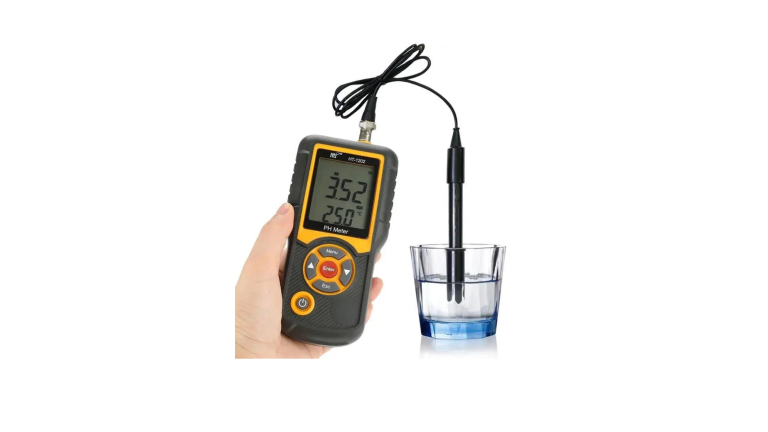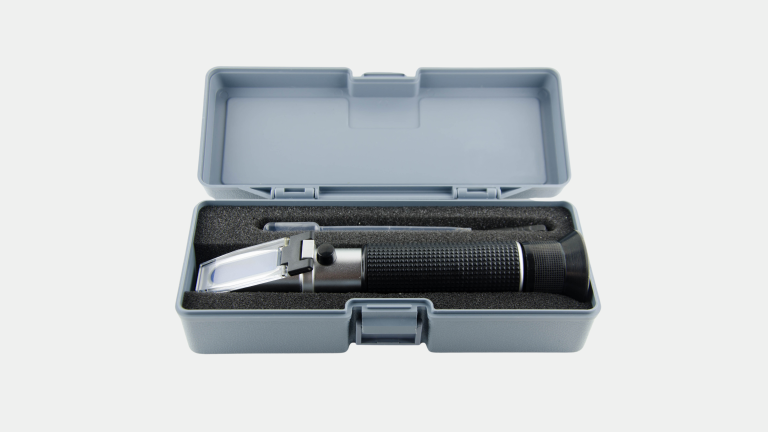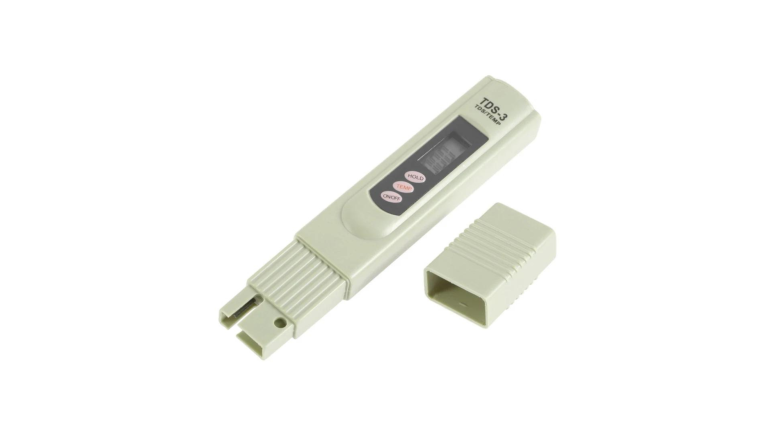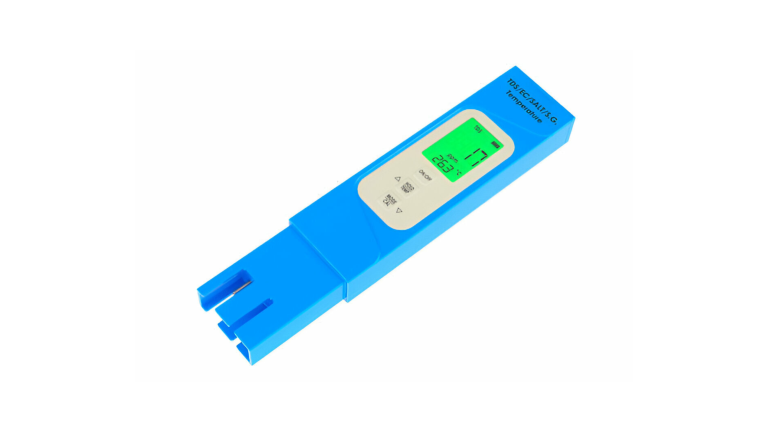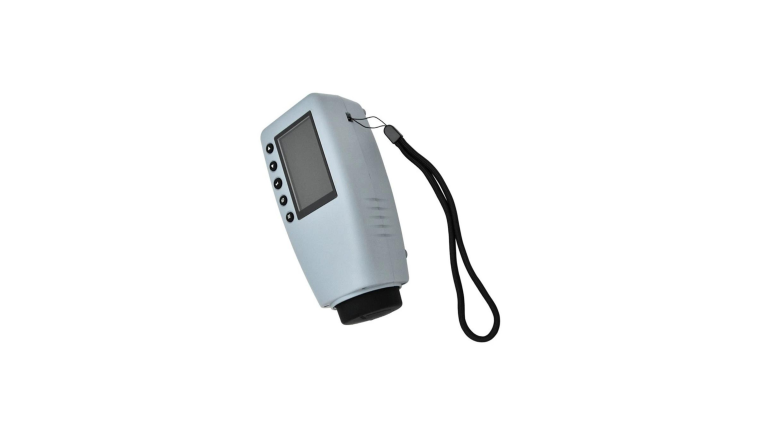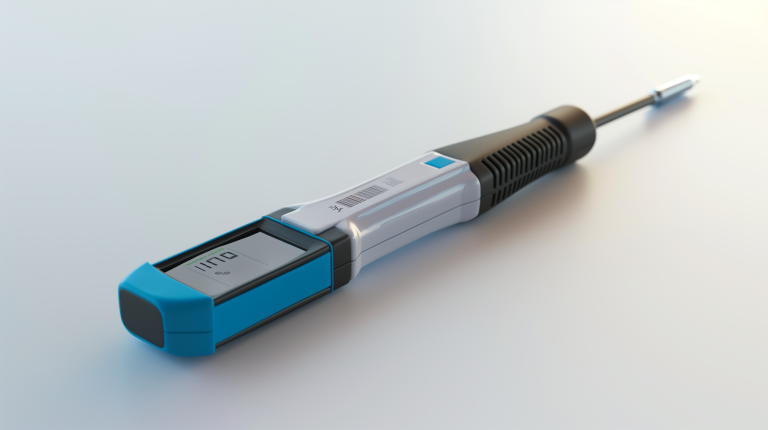
Have you found yourself wondering if the wood you’re about to use on a project is dry enough? Or maybe you’ve been growing indoor plants and aren’t sure when to water them. A moisture meter can make these tasks easier by helping you measure the moisture levels in materials like wood, soil, or even drywall.
Whether you’re a homeowner checking for water damage or a contractor ensuring building materials are dry, a moisture meter is an invaluable tool that can bring a sense of relief. Let’s walk you through everything you need to know about using a moisture meter step by step, so you can feel confident in your work.
Understanding Moisture Meters
Moisture meters are simple devices that empower you with the knowledge of how much moisture is in a material. Imagine having a tool that can tell you whether your wood is ready for construction or if your soil is thirsty. These handy gadgets help in many areas, such as home maintenance, woodworking, and gardening, giving you a sense of control over your projects.
Did you know that too much moisture can lead to mold growth? According to the U.S. Environmental Protection Agency (EPA), mold can cause health problems. Using a moisture meter can help you stay proactive and avoid such issues. This device acts like a superhero, ready to save the day with its moisture-measuring powers.
Distinction Between Pin-Type and Pinless Models
When you start looking for a moisture meter, you’ll find two main types: pin-type and pinless models.
Pin-Type Moisture Meters
Pin-type moisture meters have two metal pins that you insert into the material. They measure the electrical resistance between the pins, which changes based on the moisture content. This type is excellent for wood and drywall. However, inserting pins can leave tiny holes, which might not be ideal for some surfaces.
Pinless Moisture Meters
On the other hand, pinless moisture meters use electromagnetic waves to measure moisture without touching the material. They are perfect for larger surfaces, like walls and floors, and don’t leave any marks. While they might be a bit more expensive, many people find them worth the investment.
Both types have their pros and cons. If you’re working on a project where aesthetics matter, you might want to go with a pinless model. However, if you’re focusing on wood, a pin-type might give you a more accurate reading.
Key Features of Moisture Meters
When choosing a moisture meter, there are a few key features to consider:
- Measurement Range and Accuracy: Make sure the meter can measure the moisture content in the materials you plan to use it on. Some meters measure from 0% to 100%, while others might only go up to 30%.
- Display Type: Look for a meter with a clear display. Some models have backlit screens, which make them easy to read in low-light conditions.
- Additional Features: Some moisture meters offer extra features like temperature compensation, which can improve accuracy.
Always read reviews and do your research. A moisture meter is a tool that can help you save money in the long run by preventing issues like water damage or unhealthy plants.
How to Choose the Right Moisture Meter
Choosing the proper moisture meter is a responsible and proactive step. It can feel overwhelming, but it doesn’t have to be! Start by thinking about what you need it for. If you’re a gardener, consider a model that measures soil moisture explicitly. A more versatile model would be beneficial for home inspections, making you feel responsible for your choices.
Also, think about your budget. Prices can vary widely, so it’s essential to find one that fits your needs without breaking the bank. Check reviews on sites like Amazon or gardening forums to see what others recommend.
Best Practices for Taking Measurements
Once you have your moisture meter, it’s essential to know how to use it effectively. Here are some tips:
- Prepare the Surface: Clean the surface you’re measuring. Dust or dirt can affect the readings.
- Technique: For pin-type meters, insert the pins into the material about 1/4 to 1/2 inch deep. For pinless models, hold the meter flat against the surface.
- Frequency of Measurements: Check moisture levels regularly, especially in areas prone to dampness, like basements. It’s good to have a routine, perhaps checking once a month.
By following these practices, you’ll ensure that your readings are accurate and helpful.
Finding the Optimal Measurement Location
Finding the right spot to measure moisture is crucial. For wood, check different areas to see if moisture is consistent. You might be surprised to find that some places are drier than others. In gardens, measure in multiple locations to get a good average reading. This helps you water more effectively and keeps your plants healthy.
Interpreting Moisture Meter Readings
Understanding what the readings mean is essential. Most moisture meters have a scale that indicates low, medium, and high moisture levels.
- Low Moisture: This means the material is dry. For wood, this is generally a good thing, but for plants, it means it’s time to water.
- Medium Moisture: This indicates that the material is adequately moist. For plants, this often means they’re happy.
- High Moisture: This can signal a problem. For wood, it might indicate the risk of rot, while for soil, it could mean overwatering.
Always refer to the user manual for specific interpretations related to your moisture meter.
Typical Applications of Moisture Meters
Moisture meters have a wide range of applications. Here are some common uses:
- Home Maintenance: Detecting water damage is crucial for homeowners. If you suspect leaks, use a moisture meter to pinpoint the problem areas.
- Woodworking: Carpenters must know the moisture content of wood. Wood that is too wet can warp or crack, impacting the quality of the final product.
- Gardening: FMoisture meters help gardeners determine when to water plants. Overwatering can lead to root rot, while underwatering can stress plants.
These applications show just how versatile and valuable moisture meters can be in everyday life.
Detecting Water Damage in Buildings
Water damage can be sneaky. Sometimes, you can’t see it until it’s too late. A moisture meter can be invaluable in these situations.
When inspecting your home, check areas like the basement, around windows, and near plumbing fixtures. If you find high moisture levels, you may need to investigate further. This could save you from costly repairs down the road.
Assessing Wood Moisture Content
If you’re into woodworking, knowing how to use a moisture meter is critical. Wood that is too wet can lead to a range of problems, from warping to mold growth.
When selecting wood, check the moisture content. Ideally, it should be around 6-8% for indoor use. This ensures that the wood will remain stable once it’s in your home.
Evaluating Soil Moisture for Plants
Knowing how to use a moisture meter can change the game for gardeners. Measuring soil moisture helps prevent overwatering and keeps plants thriving.
When using the meter, take readings at different depths. Plants often have roots at various levels, and moisture can vary significantly.
A study published in the Journal of Agricultural Engineering found that using moisture meters can optimize irrigation, leading to healthier plants and reduced water waste.
Maintaining Your Moisture Meter
Just like any tool, your moisture meter needs care. Here are some tips to keep it in good shape:
- Cleaning: Wipe the pins or sensor with a cloth after each use to prevent buildup.
- Storage: Store the meter in a cool, dry place to avoid damage.
- Calibration: Some meters may require calibration. Follow the manufacturer’s instructions to ensure accurate readings.
Taking care of your moisture meter will extend its lifespan and keep it accurate for years to come.
Potential Hazards Affecting Meter Readings
While moisture meters are reliable, certain factors can affect their readings. Environmental conditions like temperature and humidity can play a role.
For example, if the air is very humid, the meter may give a higher reading than usual. Similarly, if you’re measuring in a cold area, temperatures can impact the accuracy of the readings.
Always consider these factors when using your moisture meter, and try to measure in consistent conditions for the best results.
Tips for Effective Moisture Meter Usage
To get the most out of your moisture meter, keep these tips in mind:
- Multiple Readings: Always take various readings in the same area. This will give you a better average and help avoid misleading results.
- Know Your Materials: Different materials have different moisture levels. Familiarize yourself with the typical ranges for the materials you’re working with.
- Use as Part of a Routine: Make moisture checking a regular part of your home maintenance or gardening routine. This proactive approach can help you catch issues early.
Troubleshooting Common Issues
Sometimes, even with the best intentions, things don’t go as planned. Here are some common issues you might encounter:
- Inconsistent Readings: If your meter shows wildly different readings, check the surface for dirt or damage. Clean the area and try again.
- Dead Battery: If the display is faint or not working, it may be time to change the battery. Check the battery life regularly to avoid surprises.
- Calibration Issues: If you suspect your readings are off, consult the user manual for calibration instructions. This can ensure you’re getting accurate results.
Time to Make Moisture Work for You
A moisture meter can be a game-changer in maintaining your home, building furniture, or growing plants. Following these steps will help you use it effectively and improve your results in any project.
Remember, learning to use a moisture meter is like learning a recipe—it might take a try or two, but it’ll feel natural before you know it.
Are you looking to buy your first moisture meter? Do your research and make sure to pick one that meets your needs. Once you have the right tool in hand, the numbers will start speaking for themselves.

